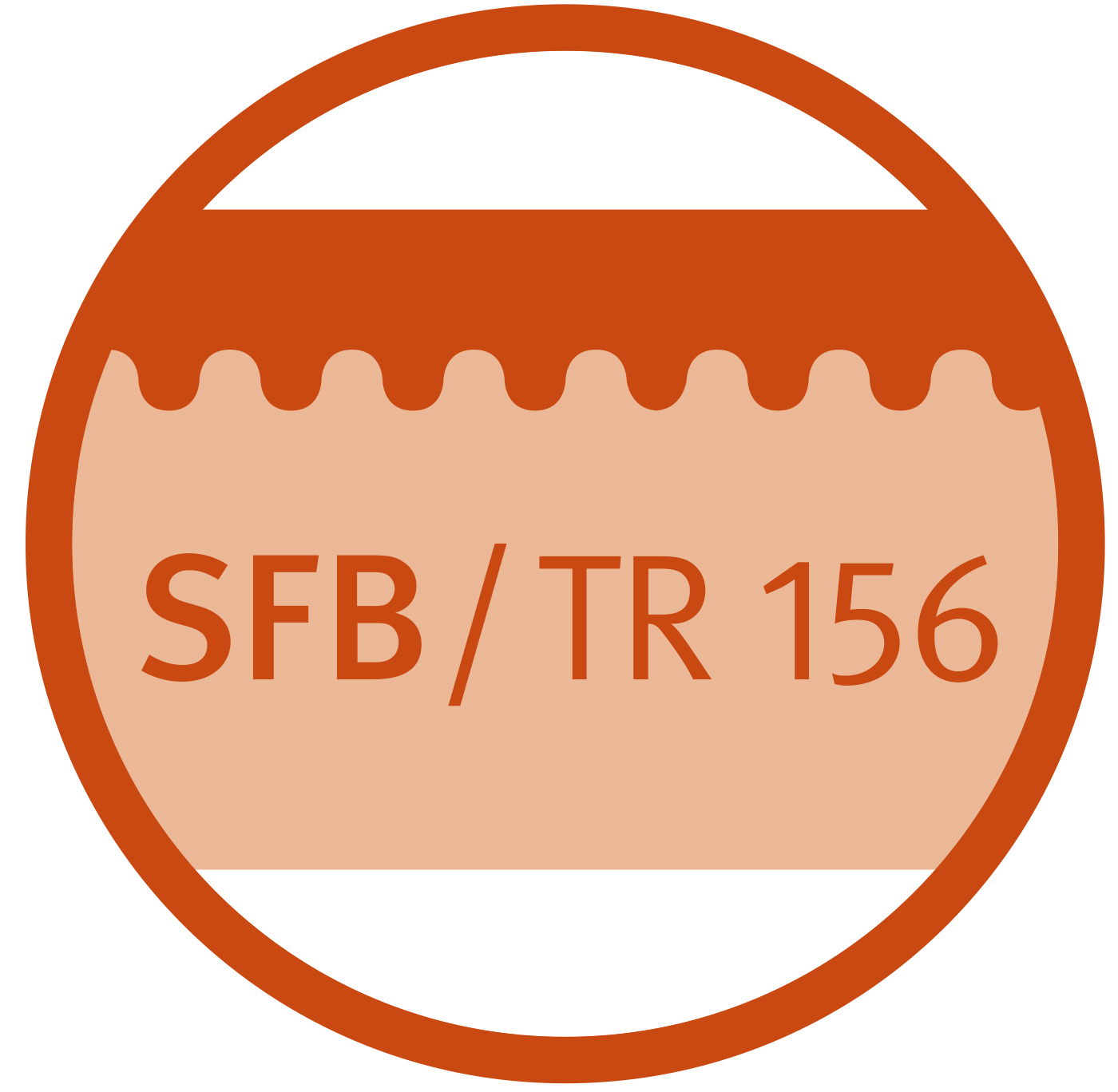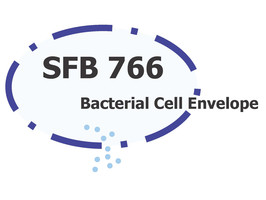Work Group Christiane Wolz
Staphylococcus aureus: regulation, evolution and host interactions
The human pathogen Staphylococcus aureus asymptomatically colonizes the anterior nares of humans, but also causes a wide spectrum of diseases ranging from skin infections to major life-threatening acute infections. Additionally, S. aureus can cause chronic infections that require successful adaptation of the pathogen to the human host. We are interested in the regulatory mechanisms and selective forces that influence the virulence, adaptation and in vivo survival of S. aureus. We use molecular approaches to understand how this pathogen is able to cope with the challenging conditions encountered during infection or colonization.
Our publications at Pubmed.
Christiane Wolz at Google Scholar.
Research projects:

How does S. aureus survive phagocytosis?
Professional phagocytes play a key role in the host defense against bacterial pathogens by recognizing, engulfing and eradicating invading bacteria. Additionally, they are responsible for the initiation of a pro-inflammatory immune response. There is strong evidence that Staphylococcus aureus can exploit phagocytes as “trojan horses” for dissemination in the human body. We analyze the fate of bacteria and host cells after phagocytosis to get insights into the mechanism leading to bacterial escape, host cell death and inflammation.
Members: Lisa Münzenmayer
Funding: DFG -The skin as sensor and effector organ, orchestrating local and systemic immunity

The stringent response in S. aureus
The stringent response is a bacterial reaction to a multitude of different environmental stress conditions, and is characterized by the synthesis of the messenger molecule (p)ppGpp. Firmicutes such as Staphylococcus aureus possess at least two distinct (p)ppGpp synthases: the bifunctional RSH protein (RelA/SpoT homolog) with hydrolase and synthase activity, and one or two small (p)ppGpp synthases designated as RelP and RelQ. We could show that in S. aureus RSH - dependent (p)ppGpp synthesis is triggered by amino-acid limitation whereas RelP and RelQ are part of the cell-wall stimulon and mediate tolerance towards cell-wall active antibiotics. We will continue to decipher the mechanisms and consequences of the stringent response in the context of stress survival, persistence and antibiotic tolerance.
Members: Fabio Gratani, Petra Horvatek
Funding: DFG - Transregional Collaborative Research Center TR-SFB 34 - Pathophysiology of Staphylococci

Heterogeneity within S. aureus populations
Long term infections have been known to display a high degree of heterogeneity within the bacterial
population. Phenotypic and genetic diversity within the S. aureus population may play a significant role in infection outcomes. For instance, a capsule expressing subpopulation is protected against phagocytosis whereas the phenotypically divergent un-encapsulated bacteria are able to adhere better to endothelial cells and matrix proteins. The underlying mechanism behind this adaptive capacity is only partially understood. Meanwhile, mutation rates are likely to be accelerated during infection due to stress response-inducing antibiotics and host-related factors. We aim to understand the development of genetic and phenotypic variants under varying environments and subsequently, the implication for the entire population. In vivo, the maintenance of such diversity could be valuable by increasing the fitness of the bacterial community as a whole.
Members: Shilpa George, Daniela Keinhörster
 Role of phages for host adaption and evolution
Role of phages for host adaption and evolution
For the human pathogen Staphylococcus aureus, phages are the primary vehicles for horizontal gene transfer. They have a profound influence on virulence and resistance development, and therefore pathogen evolution. ϕSa3-phages are highly prevalent in isolates of human origin but rarely occur in S. aureus strains isolated from animals. They are known to carry a number of human-specific virulence factors, but interrupt the potential virulence gene hlb (coding for sphingomyelinase HLB). Very little is known about the basic mechanisms leading to mobilization and integration of these phages within different bacterial host strains. We investigate the complex mechanism involved in transfer and function of ϕSa3-phages, and especially the bacterial-phage interference. The elucidation of such mechanisms may help to better understand the evolution and host adaptation of certain S. aureus lineages.
Member: Carina Rohmer
Funding: DFG - GRK 1708: Molecular principles of bacterial survival strategies
